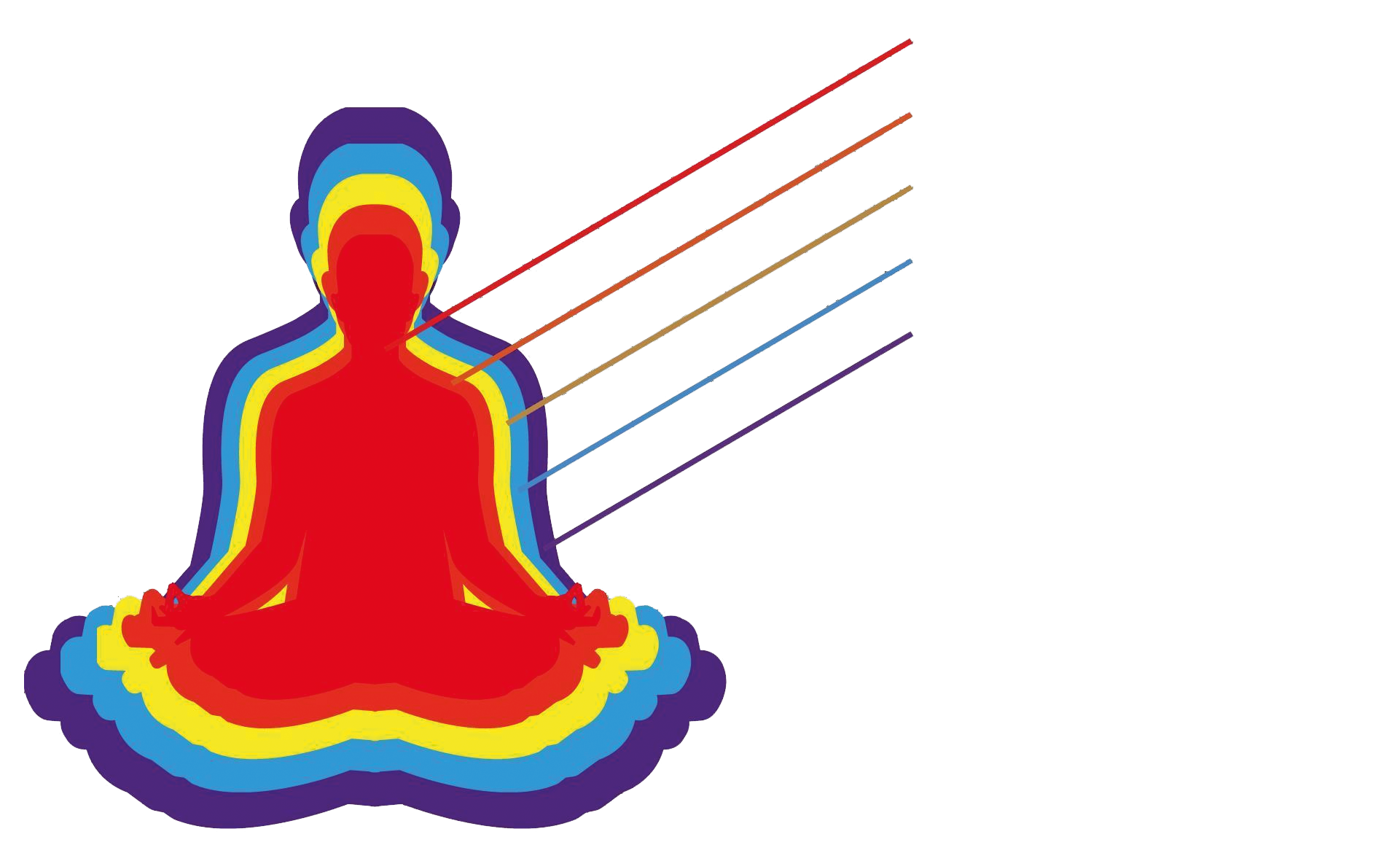Introduction
When I first started yoga classes, some four decades ago, I did so for the sake of physical health and well-being, as many of us do. Little did I know of the rich universe I was entering or of the understandings, revelations and realisations that would be the consequence of the yogic journey.
This book was written during the years I spent in India travelling and studying its spiritual teachings. It presents a concise introduction to the way of yoga that promises to inspire the reader to explore further the teachings and techniques. The practices outlined can have profound, if not life changing effects. Simply practising regularly the physical exercises, known as asanas (postures), will help to bring you health and extra vitality. While the relaxation technique usually practised at the end of a session will help to bring clarity to the mind. It can also help lower any stress and anxiety you may suffer in your daily life.
Although health improvement and maintenance are valid goals in themselves they are not the true aim of yoga. Yoga is a Sanskrit word that means to ‘yoke’ or ‘join together’; it is about bringing harmony to ourselves and to the world around us. In order that we might evolve and grow to realise our full potential and find true peace and blissful happiness. Its ultimate goal is to unite our individual relative consciousness, which is often ego-centred, with the universal consciousness.
In this book we will travel through the different layers of our being to our common core. Starting with the physical body, we will explore the world of Ayurveda (Lit: Knowledge of Life), the Indian natural medical system. This knowledge compliments yoga to help us to maintain the health of our bodies. Then we will begin to look at yogic practices that help us to master our minds and develop our intellect.
Finally, we will come to that which is said to reside at the very centre of our beings, known as Brahman and in English called the ‘Self’.
During our journey we will look at the various branches of yoga and their associated functions as means of self-exploration and spiritual development. Where it is relevant, you will also find comparisons and commonalities with other spiritual traditions and teachings. Wisdom, after all, comes in many forms.
Yoga is not exclusive and anyone, regardless of faith or belief, believer or non-believer, can benefit from its practices. For some it becomes a lifestyle choice and an ethical and philosophical guide. How deeply you immerse yourself in its life-giving waters is a matter of choice.
“Believe nothing, no matter where you
reading it, or who said it, no matter If I have
said it, unless it agrees with your own
reason and your own common sense.”
Buddha
About this Book
The focus of this book is on the ancient understandings of the nature of man: physically, psychologically and spiritually. The body-mind complex in the teachings of yoga is understood to be the vehicle for the divine spark, atman*, referred to as the ‘Self’. It is said that only in the human form can the experience of Brahman (pure consciousness) be ‘known’. Only the human body has the necessary apparatus for us to experience our true ‘Self’ and achieve higher states of consciousness. According to the teachings of yoga the human form is the pinnacle of creation from which the individualised spirit-soul, atman, can merge back into the universal Brahman.
The rishis, seers of the Vedic civilisation, saw the body-mind vehicle as being made up of koshas (layers or bodies) at the centre of which dwells atman. This book is written in five sections that correspond to the five bodies that the rishis identified.
